Power Articles
Industry Elevating Content
Insulation and Ventilation Best Practices: Ensuring Optimal Temperature Control and Air Quality
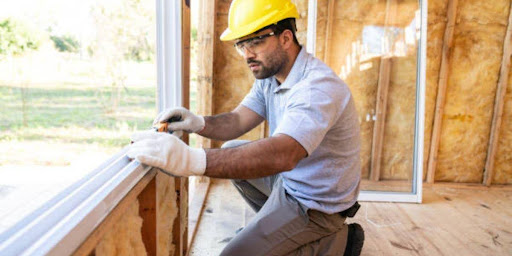
PowerArticles
Feb. 05, 2024
In home improvement, mastering insulation and ventilation is crucial for maintaining comfortable living spaces. Effective insulation helps regulate indoor temperatures, keeping homes warm in winter and cool in summer, while proper ventilation ensures a constant flow of fresh air. This introduction aims to enlighten home improvement companies on the significance of adopting best practices in insulation and ventilation. By understanding and implementing these techniques, companies can not only enhance energy efficiency but also contribute to optimal temperature control and air quality, creating healthier and more comfortable environments for homeowners.
Insulation Best Practices
Insulation is pivotal in maintaining a comfortable indoor environment while significantly impacting energy efficiency and air quality. To achieve optimal results, it’s crucial for home improvement companies to adhere to insulation best practices. This involves selecting appropriate materials, employing proper installation techniques, and understanding the energy efficiency benefits.
Types of Insulation Materials
- Fiberglass: Among the most common insulation materials, fiberglass is renowned for its affordability and effectiveness. Composed of fine glass fibers, it efficiently traps air, creating a thermal barrier that reduces heat transfer.
- Foam Board: This rigid insulation material provides excellent thermal resistance. Its versatility makes it suitable for various applications, including walls and roofs. Foam board insulation is known for its durability and resistance to moisture.
- Cellulose: An eco-friendly option made from recycled paper products, cellulose insulation offers excellent thermal performance. It is often blown into wall cavities, conforming to irregular shapes and effectively reducing heat flow.
Proper Installation Techniques
- Sealing Gaps and Cracks: Before installing insulation, it’s essential to seal any gaps and cracks in the building envelope. This prevents air leaks, ensuring that the insulation can perform optimally. Use weather-stripping and caulk to seal these openings.
- Attic Insulation: Properly insulating the attic is a key component of temperature control. Install insulation in the attic floor to prevent heat transfer between the conditioned living space and the attic. This is particularly crucial in colder climates.
- Wall Insulation: Walls are another significant area for insulation. Whether using fiberglass batts, foam board, or cellulose, ensuring proper installation within walls minimizes heat loss and contributes to a more energy-efficient home.
Energy Efficiency Benefits
- Reduced Heating and Cooling Costs: Implementing insulation best practices leads to reduced energy consumption for heating and cooling. By creating a thermal barrier, insulation minimizes the need for constant temperature adjustments, resulting in lower utility bills for homeowners.
- Environmental Impact: Improved insulation not only benefits homeowners but also contributes to environmental sustainability. Lower energy consumption means reduced greenhouse gas emissions, aligning with eco-friendly practices.
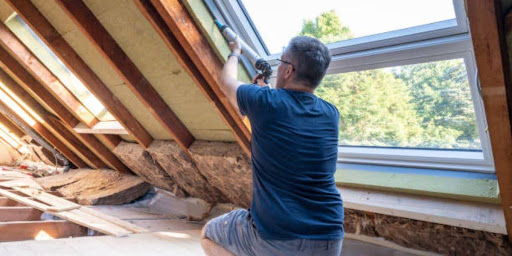
Ventilation Best Practices
Proper ventilation is a cornerstone of maintaining a comfortable and healthy home environment. In the realm of home improvement, understanding and implementing ventilation best practices are essential for optimal temperature control and air quality.
Importance of Proper Ventilation
- Eliminating Stale Air
Adequate ventilation plays a crucial role in eliminating stale air from indoor spaces. Stale air, laden with pollutants and odors, can make living spaces uncomfortable and compromise the overall well-being of occupants. By ensuring proper air exchange, homes can breathe freely, creating a fresher and more inviting atmosphere. - Controlling Humidity
Effective ventilation is key to controlling humidity levels within a home. Excess humidity can lead to a host of issues, including mold growth, musty odors, and damage to structural elements. Properly ventilated spaces help mitigate these problems by allowing moisture-laden air to escape, ensuring a balanced and comfortable indoor environment.
Types of Ventilation Systems
- Mechanical Ventilation
Mechanical ventilation systems utilize fans and ducts to actively circulate air throughout a home. These systems are particularly effective in ensuring consistent airflow, making them well-suited for tightly sealed or energy-efficient homes. Mechanical ventilation provides precise control over air exchange rates, contributing to a healthier living environment. - Natural Ventilation
Natural ventilation harnesses the power of natural forces, such as wind and temperature differentials, to facilitate air movement. Opening windows strategically and incorporating vents allows fresh air to flow in and stale air to exit. Natural ventilation is not only energy-efficient but also provides a connection with the outdoors, enhancing the overall well-being of occupants.
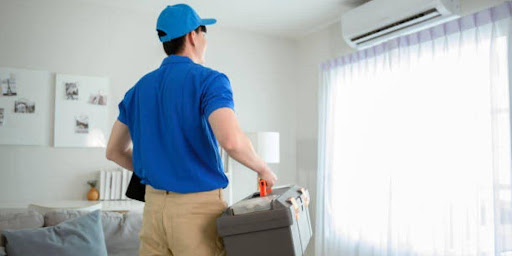
Placement of Ventilation Openings
- Windows and Vents
Proper placement of windows and vents is critical for optimizing airflow. Strategic positioning allows for cross-ventilation, promoting the efficient exchange of indoor and outdoor air. This simple but effective design consideration can significantly enhance the effectiveness of ventilation systems. - Attic Ventilation
Attic spaces, often overlooked, require specific attention to ventilation. Adequate attic ventilation helps regulate temperatures, preventing heat buildup that can affect the overall comfort of the home. Proper vent placement in the attic also aids in moisture control, reducing the risk of mold and structural damage.
Benefits of Effective Ventilation
- Improved Indoor Air Quality
Effective ventilation contributes directly to improved indoor air quality by reducing the concentration of pollutants and ensuring a constant supply of fresh air. This, in turn, enhances the health and well-being of occupants. - Prevention of Mold and Mildew
Proper ventilation is a key factor in preventing the growth of mold and mildew. By controlling humidity levels and promoting air circulation, homeowners can safeguard their homes against the damaging effects of these common household issues.
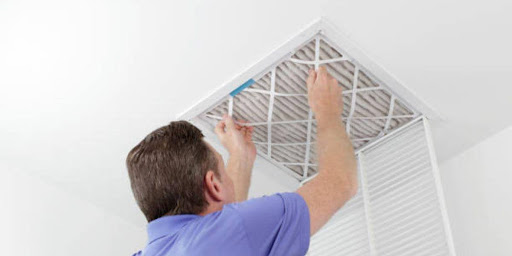
Integrated Approach: Insulation and Ventilation Working Together
The Integrated Approach to insulation and ventilation underscores the vital interplay between these two elements, emphasizing their collaborative role in maintaining optimal temperature control and air quality within residential spaces.
Ensuring Compatibility
To maximize effectiveness, insulation and ventilation systems must be compatible. Insulation materials should not impede airflow, and ventilation solutions should complement the insulation’s thermal properties. This compatibility ensures a seamless integration that enhances overall efficiency.
Achieving a Balanced System
Proper Airflow:
Adequate ventilation prevents stagnant air, promoting a healthy indoor environment. It works in tandem with insulation, preventing moisture buildup that could compromise the insulating materials. Proper airflow also helps regulate humidity levels, preventing issues like mold growth.
Temperature Regulation:
The integrated approach ensures that insulation maintains a stable indoor temperature, while ventilation prevents overheating. This balanced system guarantees comfort while optimizing energy usage, resulting in reduced utility costs for homeowners.
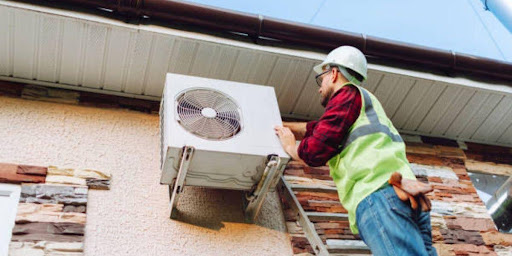
Conclusion
In conclusion, prioritizing insulation and ventilation in home improvement practices is crucial for maintaining optimal temperature control and air quality. Proper insulation helps regulate indoor temperatures, reducing energy consumption and enhancing overall comfort. Simultaneously, effective ventilation ensures a constant flow of fresh air, preventing the buildup of pollutants and maintaining a healthy indoor environment. Home improvement companies should emphasize the importance of using high-quality insulation materials and implementing well-designed ventilation systems to meet both energy efficiency and air quality standards. By adhering to these best practices, homeowners can enjoy a more comfortable and healthier living space, while also benefiting from long-term energy savings.
Published By
PowerArticles
Feb. 05 2024